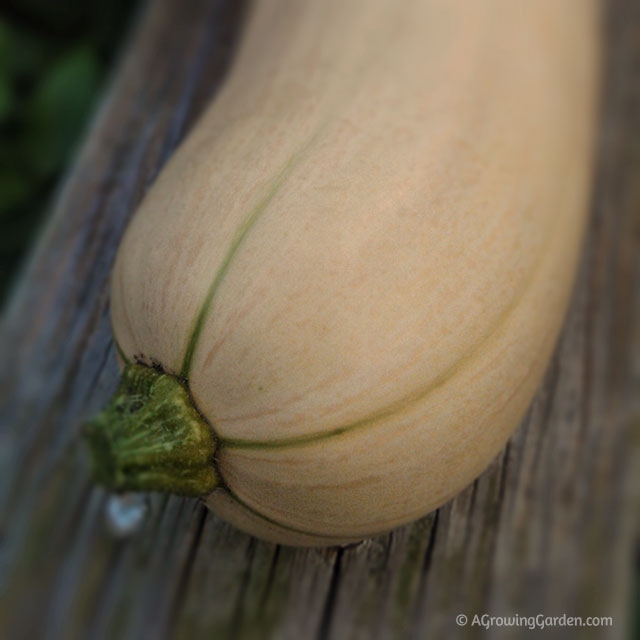
I absolutely love winter squash. Baked, roasted, mashed, grilled, sliced, chopped, shredded, or whole (well, maybe not whole!) - you name it and if there is squash involved, I'll love it.
I promise.
So, you can imagine my joy at harvesting my first butternut squash of the season. Here it is in all of it's squashy glory, freshly harvested from our garden. Isn't it a looker? :-)
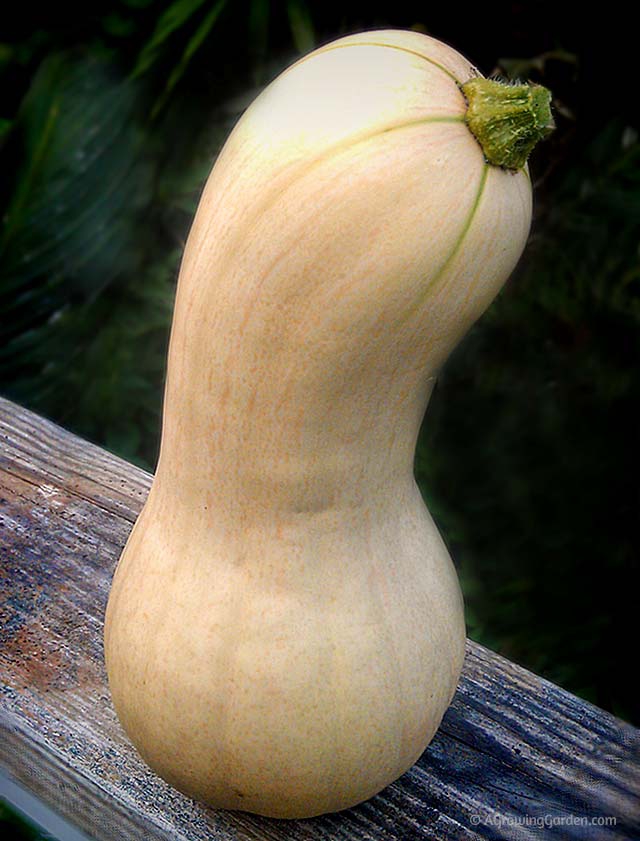
It was a pretty big one (2 lbs 10.5 ounces to be precise) and, roasted with some butter and sprinkled with brown sugar, it tasted like heaven.
By the way, have I mentioned that I love squash?
Squash is super easy to grow. And butternut squash even more so because it is less susceptible to the evil squash borer. I think I have about 12 butternut squash plants growing this year and I'm thinking about planting a few more seeds in the garden this week for a late, late harvest. You just can't have too much squash, you know?
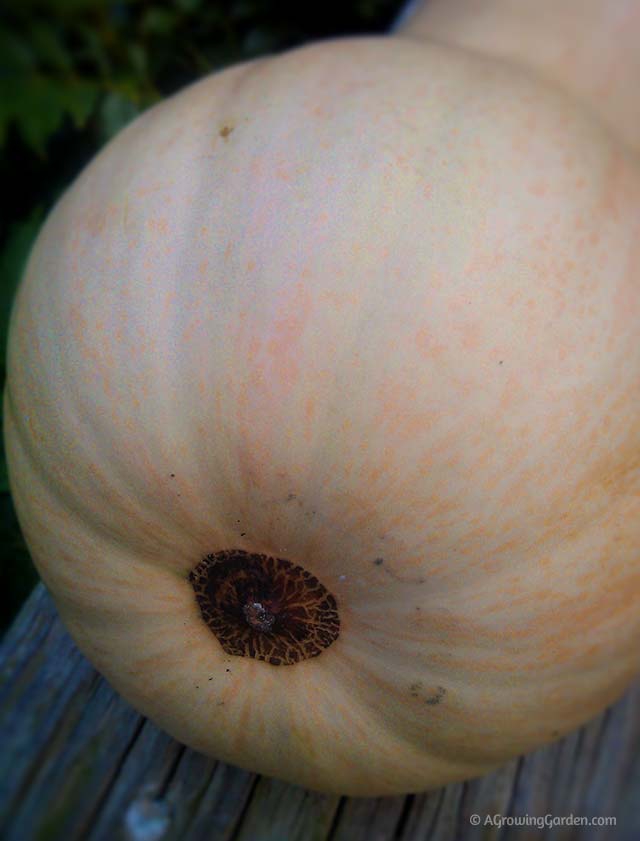
Growing Butternut Squash
Butternut squash can be started inside in the spring, or you can direct sow the seeds in garden in the late spring (a few weeks after your last frost and after the soil has warmed up a bit). I do both -- I start some inside and also direct sow some seeds outside.
It takes about 5-10 days for butternut seeds to germinate and about 95 days from planting to harvest. Each plant will produce multiple squash ... I think the average is supposed to be 3 or 4 per plant, although I often get many more per plant than that!
Winter squash (like butternut) can be left on the vine until late in the season (before the first killing frost though!), or picked as soon as they are mature. The best way to test if butternut squash is ready to be harvested is to push a fingernail into the skin -- if your fingernail doesn't cut into the skin, the squash is mature. The skin of the butternut squash also turns a nice tan color as it matures.
Once harvested, squash can be eaten right away, or you can "cure" it in the sun for a few days and it will keep for months in a cool, dry place.





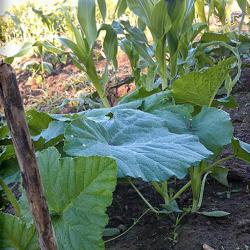

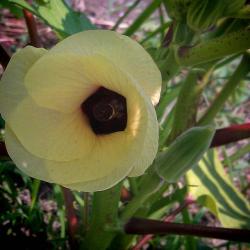


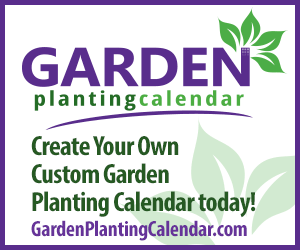

Join the Conversation!